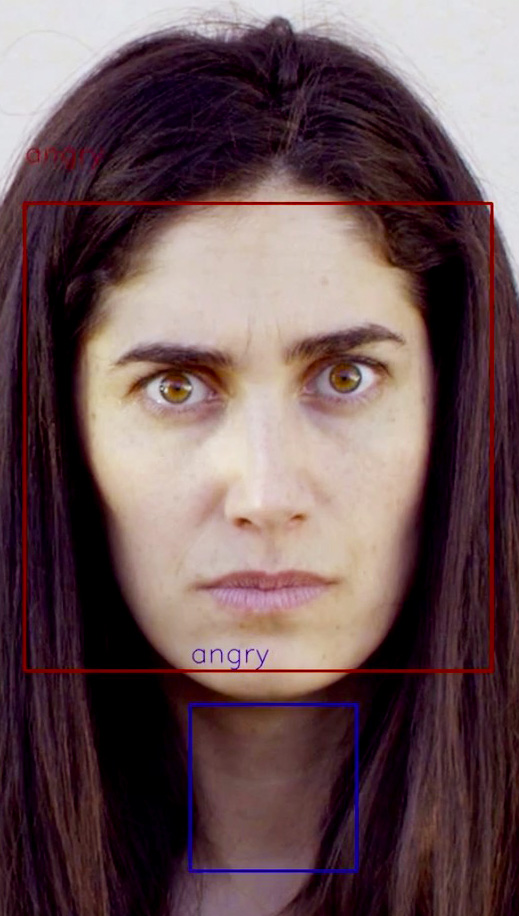
Refik Anadol
Quantum Memories: Nature Studies
Technological and digital advancements of the past century could as well be defined by the humanity’s eagerness to make machines go to places that humans could not go, including the spaces inside our minds and the non-spaces of our un- or sub-conscious acts. These unique pieces of the “Quantum Memories” series exhibit arresting visuals and colors that speculate the probability of reaching invisible spaces. They are composed in collaboration with a generative algorithm enabled by artificial intelligence (AI) and quantum computing, a new form of computing that exploits the unusual physics of the subatomic world. It turns the visual data that flows around us into an artwork that represents our collective and digitized memories of nature and encourages the viewer to imagine the potential of this computing technology for the future of art, design, and architecture.







